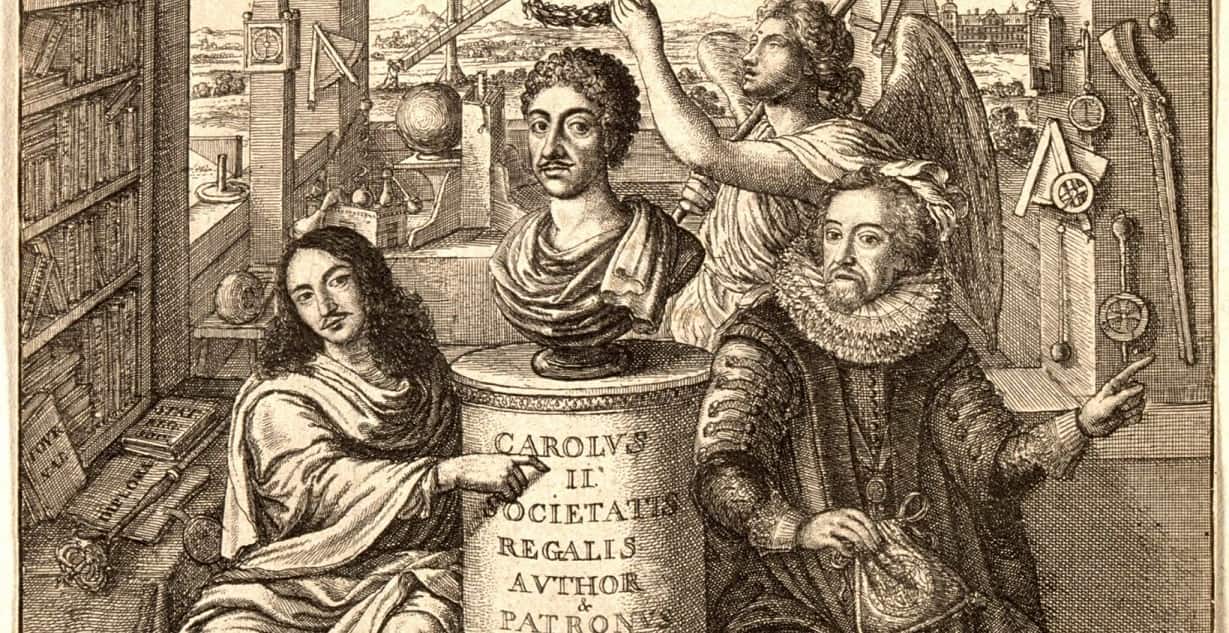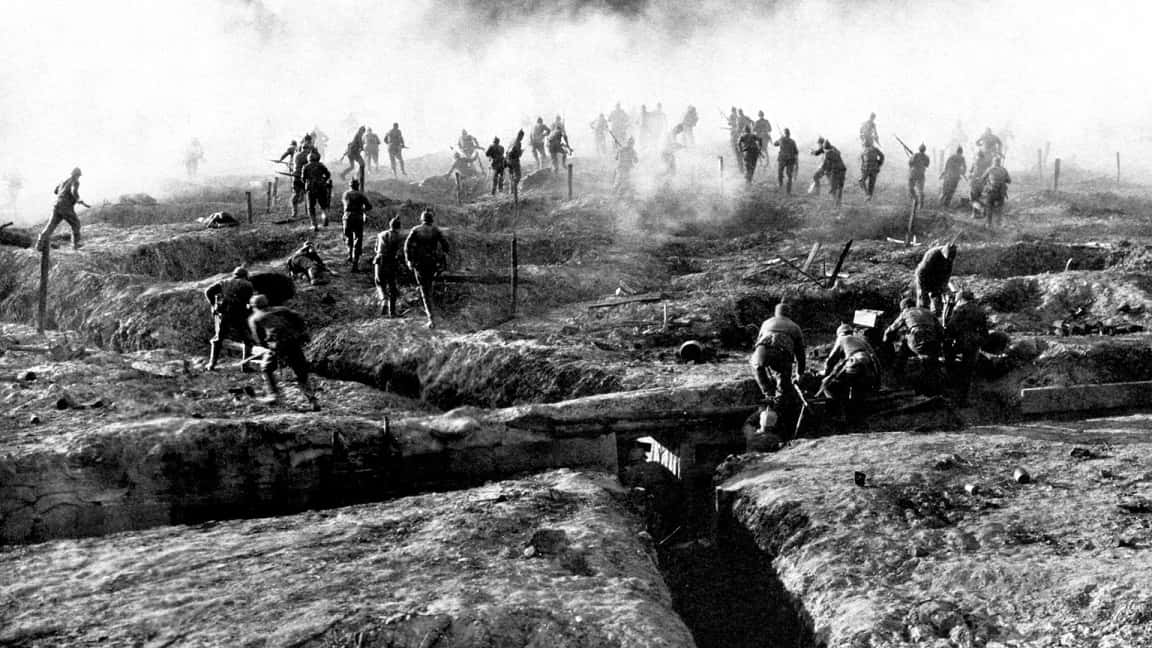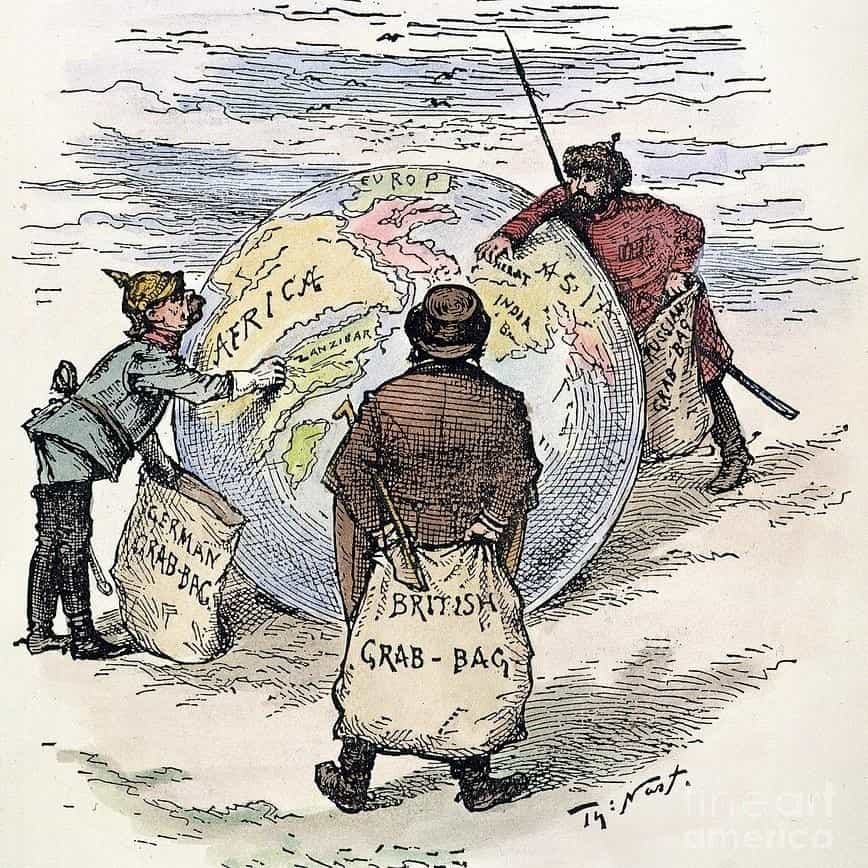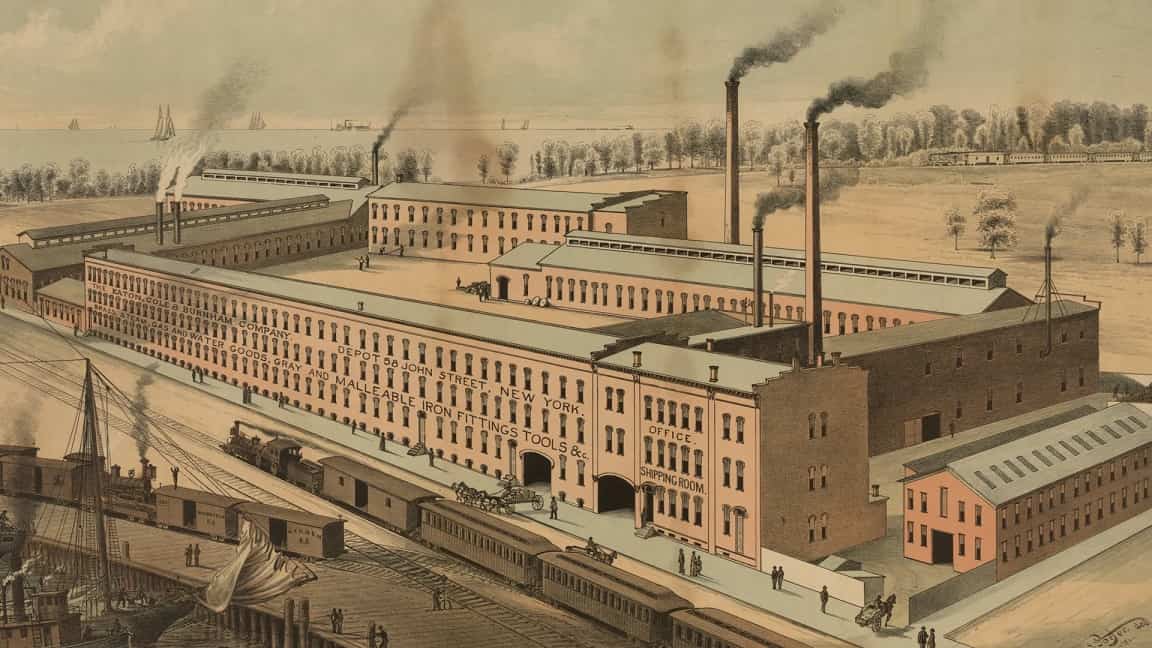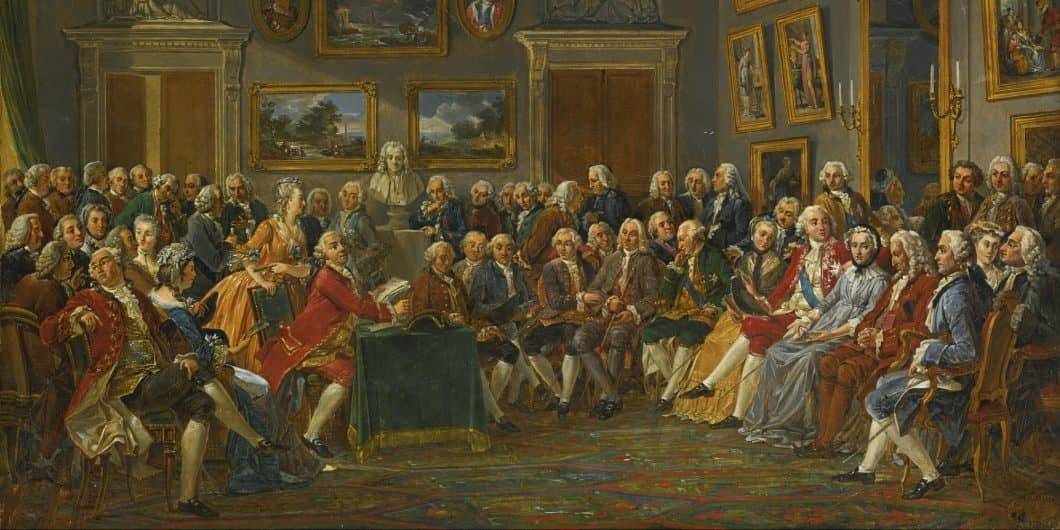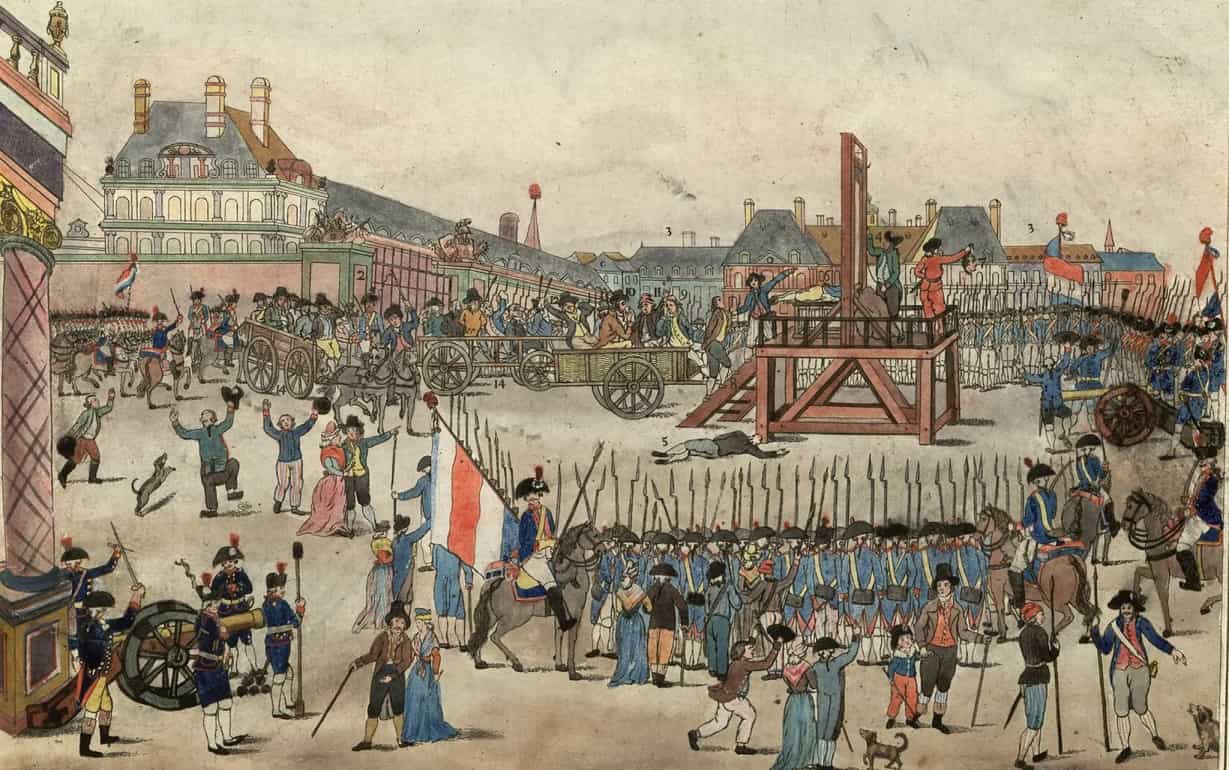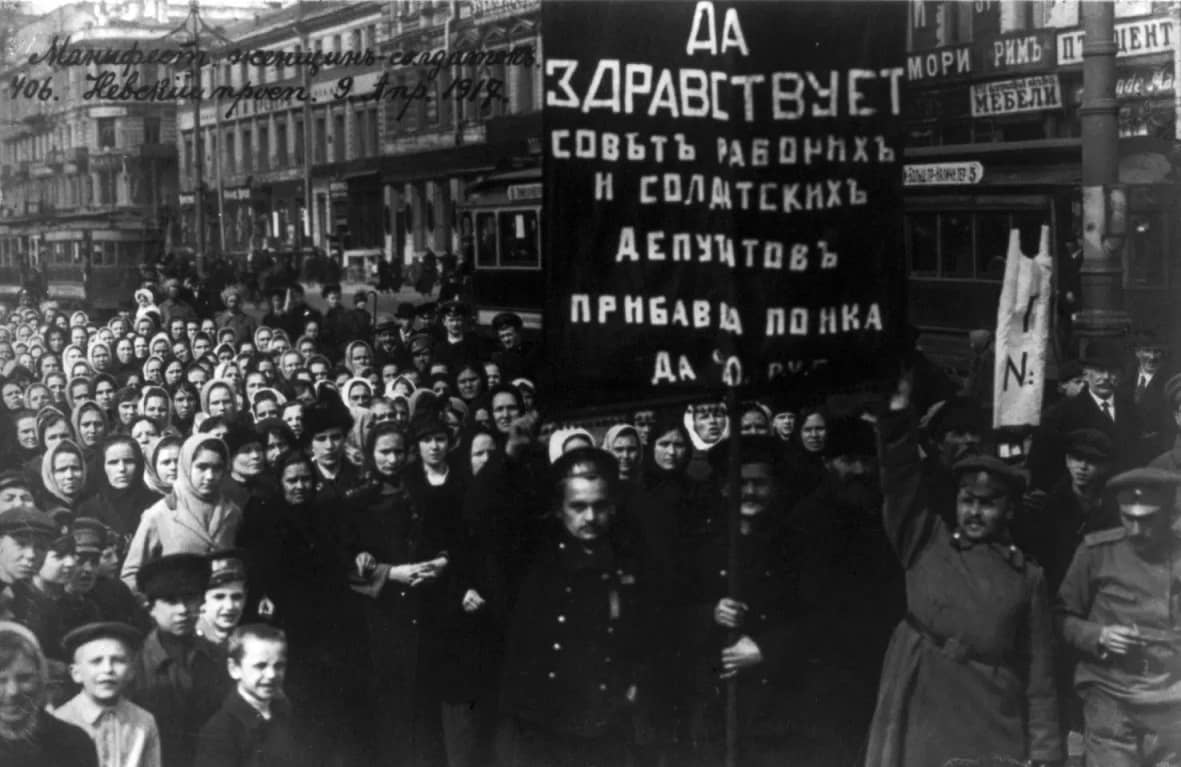Some incredible figures in the Civil Rights Movement had the resilience and courage to promote equality and inclusion.
How Did the Civil Rights Movement Affect America?
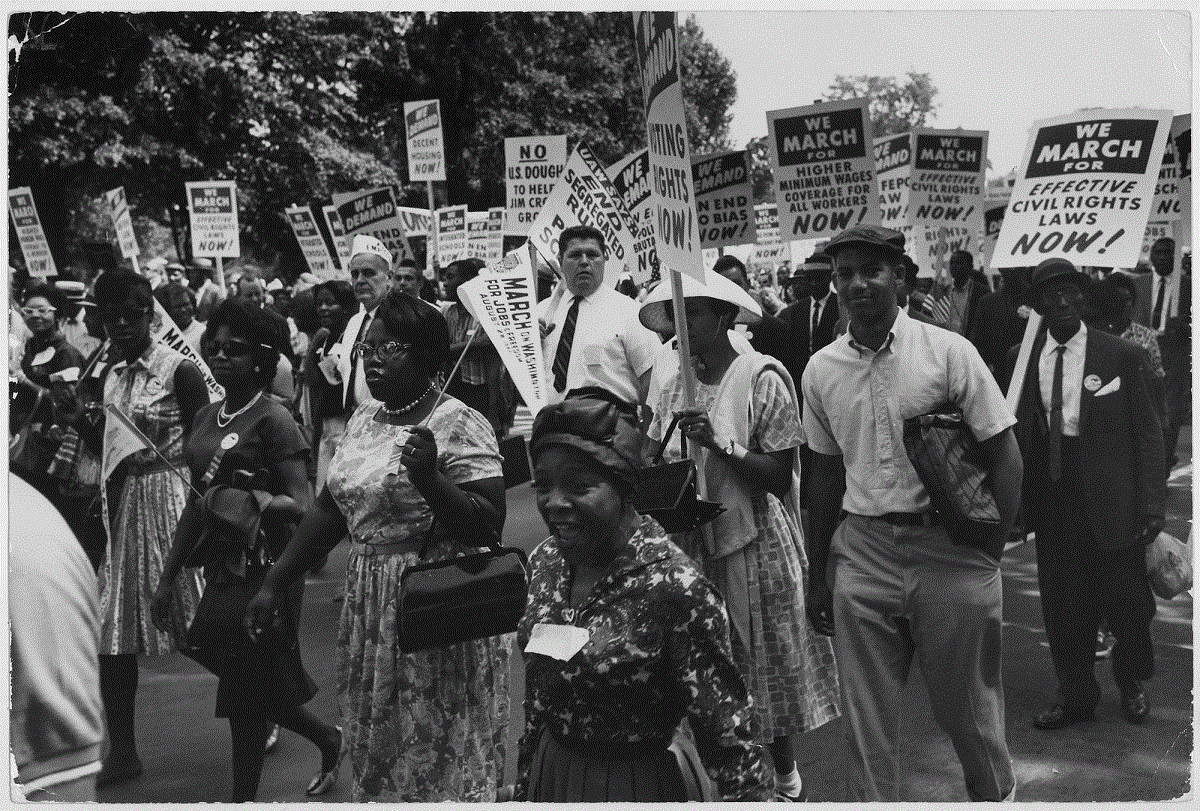
Movement for Civil Rights Overview
The Civil Rights Movement, which took place in the 1950s and 1960s, was a movement in which black people stood up against discrimination and changed society. It helped African Americans gain equal rights in the United States.
African Americans’ Pre-Civil Rights Era Conditions
In the time preceding the Civil Rights movement, blacks were discriminated against. During the 1860s, black people emerged into higher authority and leadership positions, were granted equal rights in the Constitution (14th Amendment), and got the vote (15th Amendment).
However, white Americans, particularly in the southern part of the United States, did not appreciate the idea of giving their former slaves equal rights. Consequently, the creation of Jim Crow laws was made permanent in Southern America, where limited economic opportunities and voting rights were still evident. These laws were mostly dominant; it does not mean that every one of them was in force at the time, but they influenced Roman society.
Resistance and early activism
Black people were discriminated against at the workplace, schools, and other places even though the Jim Crow Laws were not in place. Such disparities elicit controversies arising from organizations such as the NAACP, and milestones such as Brown v Board of Education were among the ways segregation was gradually reduced. Rosa Parks defied a white American during the Montgomery Bus Boycott and began a movement against segregation.
Civil Rights Movement Key Figures
Now, let’s talk about the titans who sparked this movement. Malcolm X and Martin Luther King Jr. made peaceably loud and hopeful demands for justice. Fannie Lou Hamer, Rosa Parks, and others contributed to this chorus of change.
- Martin Luther King Jr. – He is renowned for his leadership during the Montgomery Bus Boycott and his Southern Christian Leadership Conference (SCLC) position. During the 1963 March on Washington, King Jr. delivered the iconic “I Have a Dream” speech, which became a slogan for equality worldwide.
- Malcolm X – A leading advocate of black empowerment, Malcolm X was an influential black nationalist. His organization, Afro-American Unity, was founded by a former Nation of Islam spokesman.
- Rosa Parks—We can’t forget about the “Mother of the Civil Rights Movement.” Rosa Parks’s courage in refusing to give up her seat on that bus in Montgomery set off a chain reaction that eventually led to the emergence of change. The little thing she did to stand up to injustice had a significant impact.
- John Lewis – John Lewis played a massive role in the fight for the right to vote. From organizing the Selma March to serving as a member of Congress, he exhibited a deep commitment to justice and equality.
Civil Rights Movement Events of Note
- March on Washington (1963)
- Philip Randolph, Bayard Rustin, and Martin Luther King Jr. organized the March on Washington on August 28, 1963. Martin Luther King Jr.’s memorable speech, “I Have a Dream,” reverberated across the Lincoln Memorial. This event changed the course of the civil rights movement forever.
- Birmingham Campaign (1963)
It was the Birmingham Campaign that proved peaceful protests work. Police suppressed nonviolent protests with dogs and fire hoses. This brought attention to the reality of segregation and made reforms more urgent. 1963, President John F. Kennedy proposed the most comprehensive civil rights legislation. It wasn’t until Lyndon B. Johnson was assassinated that it passed.
- Voting Rights Act (1965)
After a 1965 demonstration for the right to vote for African Americans took place on a bridge outside of Selma, voting rights legislation was passed to remove obstacles to African American-participation in politics. The right to vote was a significant step toward ending discriminatory practices.
Challenges and opposition
Nevertheless, the process was not without stops and turns, although the end goal was progressive advancement. The civil rights movements also experienced excellent resistance, some of which involved acts of terror against them, with the Ku Klux Klan. However, most of the leaders who formed this movement and fought for change, such as Malcolm X and Martin Luther King Jr., were murdered.
It also pointed to the fact that African Americans had internal differences in the approaches and strategies used during the civil rights movement.
Racial equality legacy and ongoing struggle
Other remarkable laws that point to the existence of the Civil Rights Movement include the Civil Rights Act of 1964, the Voting Rights Act of 1965, and the Fair Housing Act of 1968. For this reason, various legislations transformed society, exercising integration and desegregation.
Some of the changes included integrating public spaces and schools to reduce racism and foster a new positive attitude toward blacks.
However, the concept of race equality remains profound; for instance, the Black Lives Matter movement deals with issues such as institutional racism, and the prompt about the civil rights movement carries significance.
Wrapping Up
During the Civil Rights Movement, people demonstrated such values as unity, individual bravery in the fight against injustice, and endurance. This encourages us to continue striving for that tomorrow when equality is more than just a possibility. Black people who protested and even rebelled when they were segregated became equal, showing that the above transition was a result of their voices.

